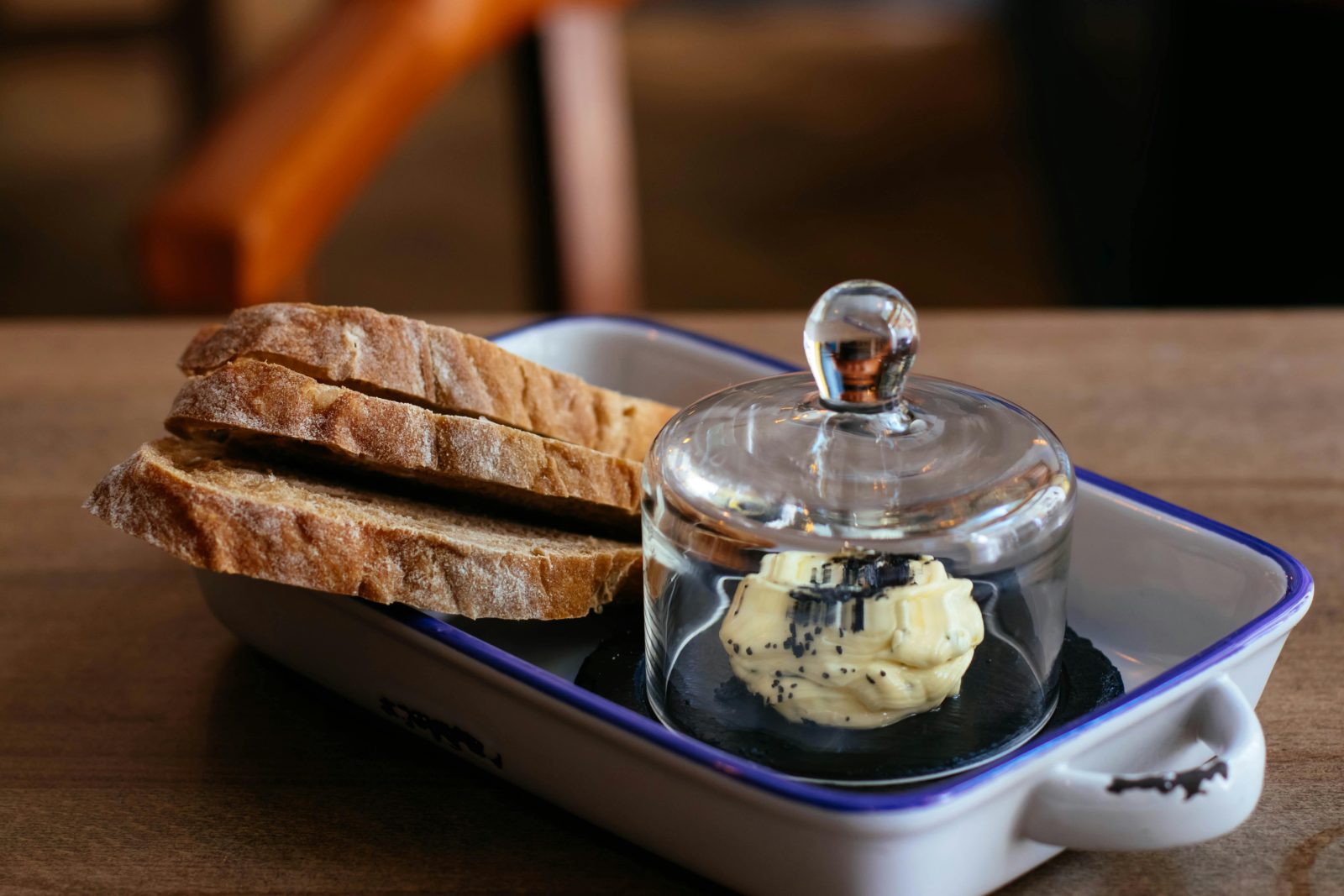In an unexpected twist of dairy economics, butter prices in the Czech Republic have skyrocketed by nearly a quarter compared to last year. The culprits? Sweltering heat waves and finicky bovines.
While spring saw a 250-gram pack of butter priced at around 40 crowns, today’s supermarket shelves tell a different story. Non-discounted prices have surged by up to 30 crowns, with August witnessing a staggering 22% year-on-year increase. This butter boom starkly contrasts the Czech Republic’s recent status as the EU’s fastest-declining food price market from December to July.
The primary cause of this buttery predicament is a yearly phenomenon: fluctuating milk fat content. “Due to the hot weather during summer months, Czech milk has lower fat content,” explains Marek Zemánek, spokesperson for the Czech Food Chamber. “Dairies need more milk to produce the same amount of cream, which is then used to make butter.”
This year’s heat and drought have also impacted feed quality, exacerbating the situation. Agricultural analyst Petr Havel notes, “The decrease in fat content is higher than usual this time. The average fat content has dropped to 3.69%, while the usual range is between 3.8% and 3.9%.”
Looking ahead, butter and other dairy products seem to continue seeing price increases. Pavel Marek, director of Choceňská mlékárna, points to environmental regulations as an additional factor. “Every company will have to comply with the state’s ecological regulations across the entire process of dairy product creation. These costs will inevitably be reflected in the final product price.”





